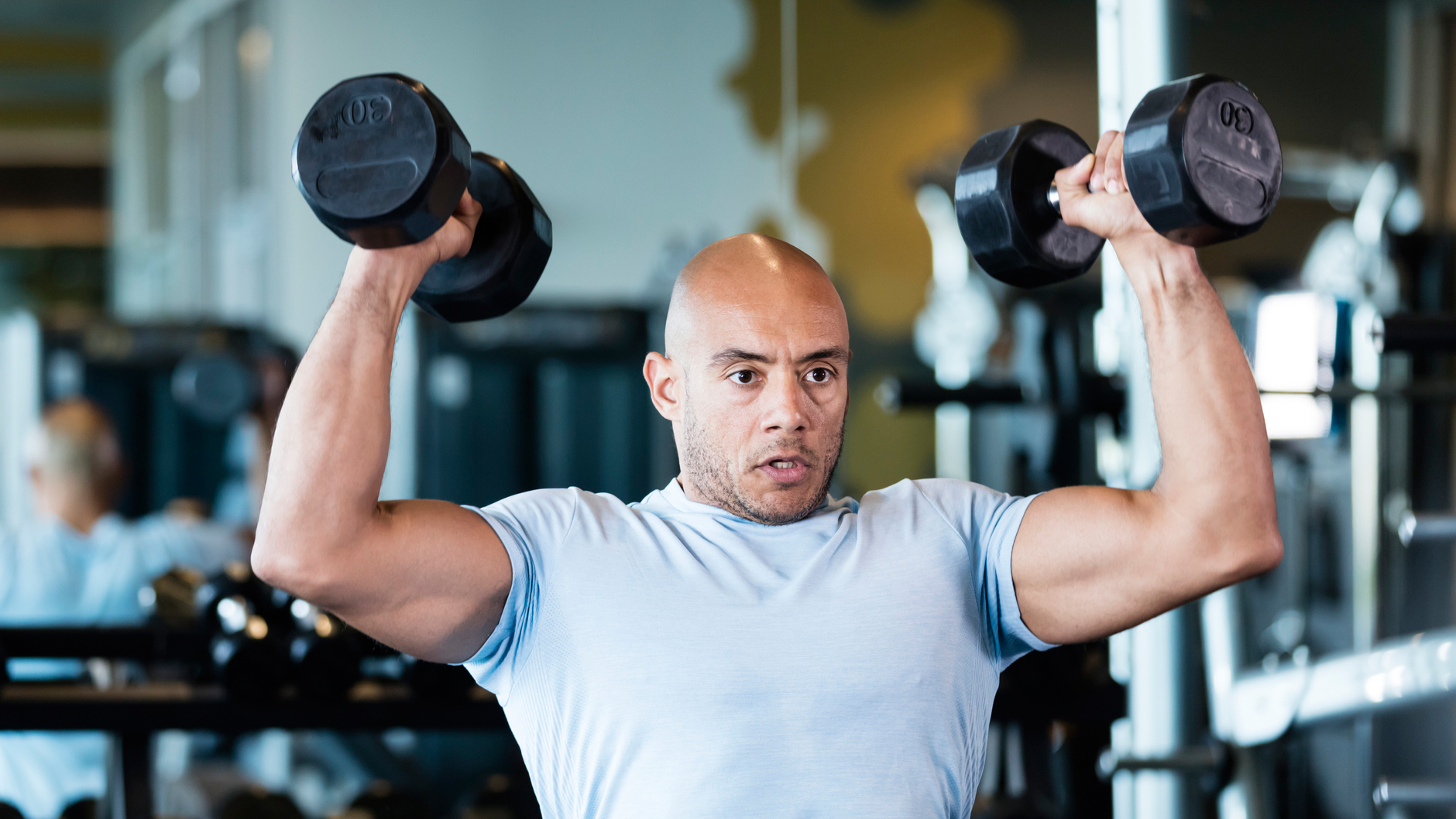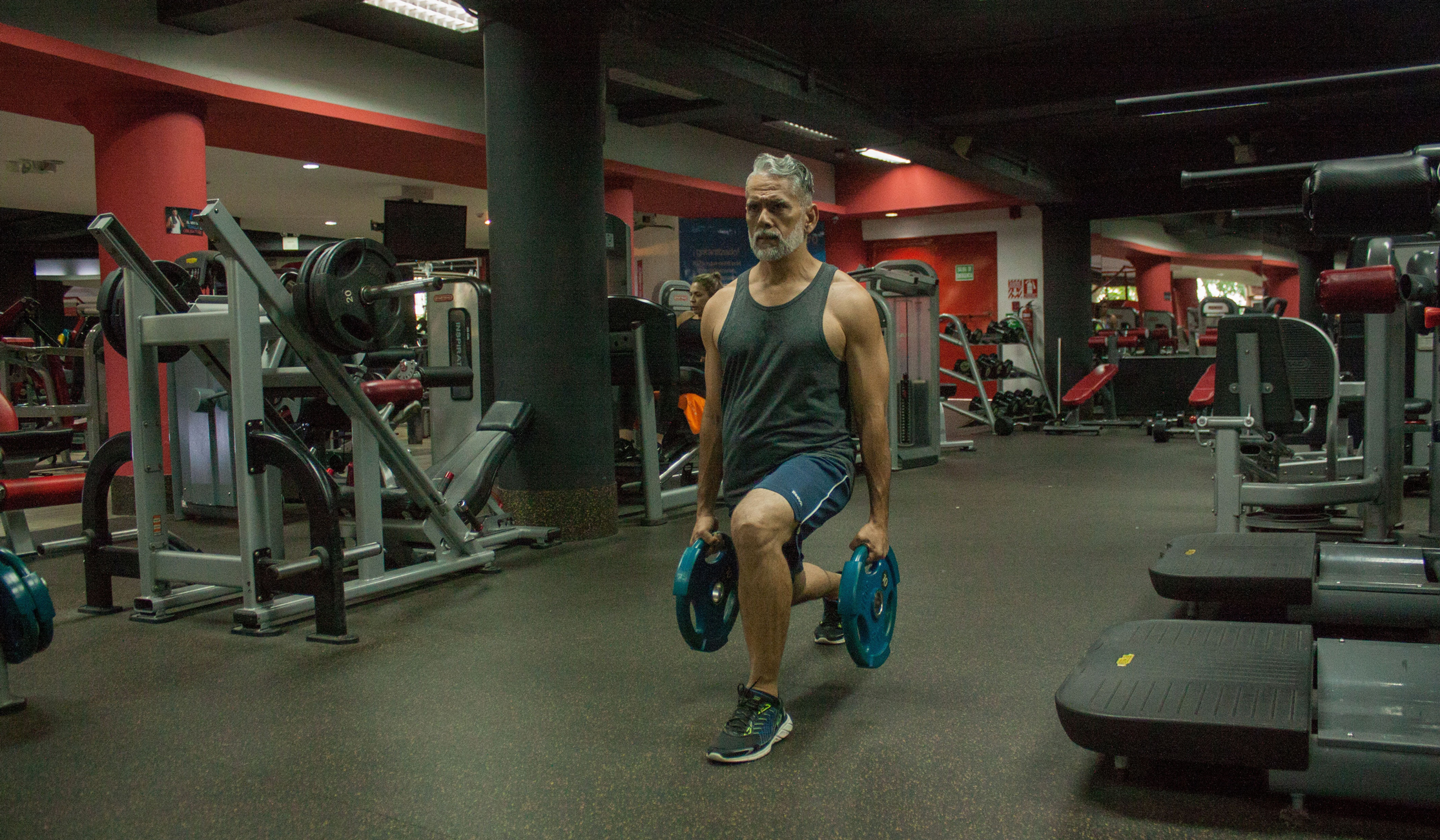Why training to lose weight and build muscle can also help you beat anxiety
One study found 12 weeks of exercise can do more than build muscle or lose weight, reducing symptoms of chronic anxiety


A lot of people start training to lose weight or build muscle, and continue to train because they feel calmer or more at peace after a workout. There's a lot of talk in fitness circles about the gym being someone's "happy place", or leaving "all their worries on the gym floor". It turns out this isn't just posturing for the CrossFit crowd: there's real science behind doing cardiovascular or strength training and the reduction of anxiety.
Researchers from the University of Gothenburg sought to understand whether anxiety really was reduced as a result of exercise, whether that's strength training with the best adjustable dumbbells or cardio done on one of the best treadmills. The scientists examined 286 patients with anxiety syndrome and set some of them to moderate exercise and others to strenuous exercise for 12 weeks.
The researchers found that both groups of exercisers went from "a baseline level of moderate to high anxiety to a low anxiety level" after the 12-week programme.
Even moderate exercise reduced symptoms of anxiety, but the strenuous exercisers had a slightly better result. The researchers wrote: "for those who exercised at relatively low intensity, the chance of improvement in terms of anxiety symptoms rose by a factor of 3.62. The corresponding factor for those who exercised at higher intensity was 4.88."

If you find yourself suffering from chronic anxiety, exercise is unlikely to completely remove it from your life. However, regular exercise, moderate or strenuous, can help to reduce the symptoms of anxiety, making it more manageable. The researchers studied both cardiovascular and strength training, and both have evidence to recommend them for reducing feelings of anxiety and depression.
One study found resistance training, whether with weights, the best resistance bands or calisthenics, reduced symptoms of anxiety significantly regardless of the participant's sex, session length, frequency or program length. There's something very satisfying about picking up something heavy and busting out as many reps as you can, and lifting heavier weights, thicker bands, or progressing to new calisthenics moves means it's easy to gauge your progress.
On the other hand, cardiovascular exercise can release endocannabinoids in the body, the hormones responsible for the famous "runner's high". It can also get you out into nature, which is proven to reduce production of the stress hormone cortisol. A jog through the park can be an enormous mood-booster: all you need is the best running shoes for men, or running shoes for women, to get started.
Start your week with achievable workout ideas, health tips and wellbeing advice in your inbox.
Matt Evans is an experienced health and fitness journalist and is currently Fitness and Wellbeing Editor at TechRadar, covering all things exercise and nutrition on Fit&Well's tech-focused sister site. Matt originally discovered exercise through martial arts: he holds a black belt in Karate and remains a keen runner, gym-goer, and infrequent yogi. His top fitness tip? Stretch.
